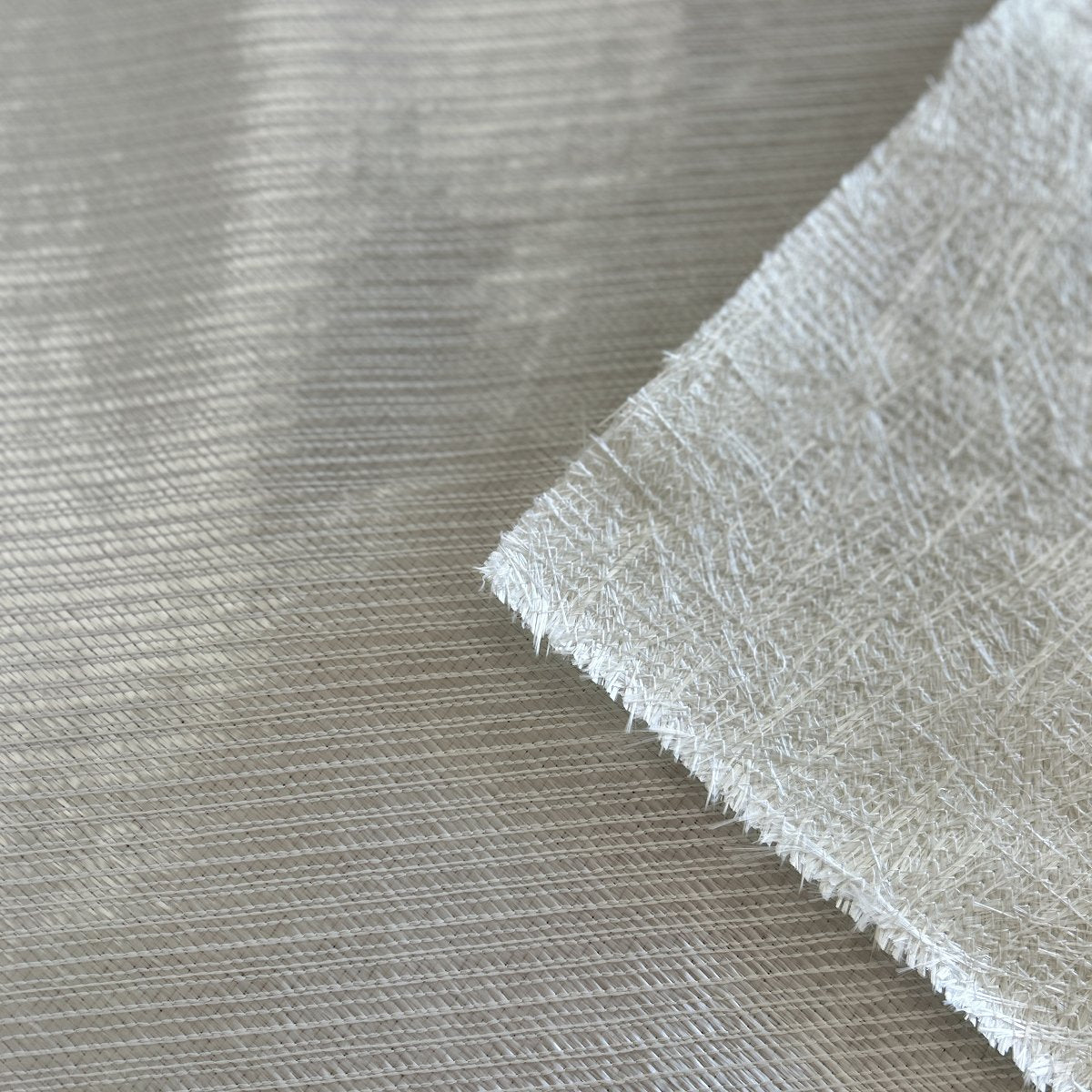Your Cart is Empty
Using 1708 Biaxial Knit Fiberglass Fabric for Superior Boat Building and Resin Projects
October 16, 2024 4 min read

In the world of boat building and composite materials, finding the right fabric can make all the difference between a durable masterpiece and a fleeting failure. If you're a boat builder or a resin enthusiast looking to enhance the strength and flexibility of your projects, knit 1708 fiberglass fabric should be on your radar. This post will guide you through the essentials of working with 1708 biaxial knit fiberglass fabric, its common uses, benefits, and the application process with resin. By the end, you'll have the knowledge to take your craft to the next level.
What is 1708 Biaxial Knit Fiberglass Fabric?
1708 Biaxial knit fiberglass fabric is a specialized type of reinforcement material, engineered for high-performance applications. Unlike woven fabrics, biaxial knit fiberglass is made by knitting fibers together at 45-degree angles, creating a fabric that boasts incredible strength and flexibility. This unique construction makes it ideal for complex shapes and high-stress areas. 1708 knit fabric is 17 oz biaxial fabric and has a ¾ ounce chopped strand mat layer stitched to it. Since the mat is stitched instead of held together by a styrene binder, it can be used with epoxy, polyester and vinyl ester resins.
The Basics of Biaxial Knit Fabric
The term "biaxial" refers to the fabric's two-directional fiber orientation. This means the fibers run both diagonally across the fabric, typically at 45 and -45 degrees. This configuration offers balanced strength in multiple directions, unlike unidirectional fabrics that only provide strength in one direction.
Biaxial knit fiberglass is produced through a knitting process that interlocks fibers, rather than weaving them over and under each other. This results in fewer crimped fibers and a more uniform thickness, ensuring consistent performance across the entire fabric.
Why Choose 1708 Biaxial Knit Fiberglass?
Choosing biaxial knit fiberglass for your projects means opting for a material that combines flexibility with strength, a crucial factor in applications where durability and adaptability are key. It also provides no crimping and has less print through than woven fabrics. This gives a nicer finish to your project.
Common Uses
Boat Building
In boat building, 1708 biaxial knit fiberglass is a go-to material for constructing hulls, decks, stringers, and other structural components. Its ability to conform to curves and angles without losing integrity makes it perfect for crafting intricate boat designs.
Automotive Industry
The automotive industry also utilizes 1708 biaxial knit fiberglass for components that require high strength and durability. This includes body panels, fenders, and other structural parts that benefit from the material's lightweight yet strong properties.
Additional Uses
1708 biaxial knit fiberglass is great for low-cost repairs as well as reinforcing, tabbing and laminating. It is also popular in the aerospace industry and for use in transportation. It works well in projects that need uniform strength and high stiffness throughout.
Benefits of Using Biaxial Knit Fiberglass Fabric
One of the primary benefits of biaxial knit fiberglass is its enhanced strength. The 45-degree fiber orientation distributes loads evenly, providing superior resistance to cracks and splits. This makes your projects resilient and long-lasting.
Application Process with Resin
For those new to using 1708 biaxial knit fiberglass fabric, understanding the application process with resin is vital. This section will guide you through the steps, ensuring you achieve optimal results.
Preparing the Surface
Before applying the biaxial knit fiberglass, ensure the surface is clean, dry, and free from contaminants. Sand the area lightly to create a rough texture, which helps the resin adhere better.
Cutting the Fabric
Measure and cut the fabric to the desired size, ensuring you wear protective gloves to avoid skin irritation. Cutting at a bias (45-degree angle) helps maintain the fabric's integrity and prevents fraying.
Mixing and Applying the Resin
Mix your chosen resin according to the manufacturer's instructions. Apply a layer of resin to the prepared surface using a brush or roller. Lay the 1708 biaxial knit fiberglass fabric over the resin-coated surface with the chopped strand mat side down. Press the fabric down gently to remove any air bubbles.
Adding Additional Layers
If your project requires multiple layers, repeat the resin and fabric application process. Ensure each layer is fully saturated with resin and free from air bubbles. Allow the resin to cure according to the manufacturer's recommendations. This often involves letting it sit at room temperature for a specified period.
Trimming and Finishing
Once the resin starts to gel, trim any excess fabric using a sharp utility knife or scissors. When fully cured, sand the surface lightly to smooth out any rough edges and prepare it for painting or additional finishing touches.
Conclusion
Working with 1708 biaxial knit fiberglass fabric offers numerous advantages for boat builders, resin enthusiasts, and composite material enthusiasts alike. Its unique construction provides unmatched strength, flexibility, and durability, making it an excellent choice for various high-performance applications. By following the application process outlined here, you can confidently incorporate 1708 biaxial knit fiberglass into your projects and achieve professional-grade results.
Ready to elevate your craft? Explore our selection of 1708 biaxial knit fiberglass fabrics and start your next project today. Whether you're building a boat, designing automotive components, or exploring aerospace applications, 1708 biaxial knit fiberglass fabric will help you achieve exceptional results.
